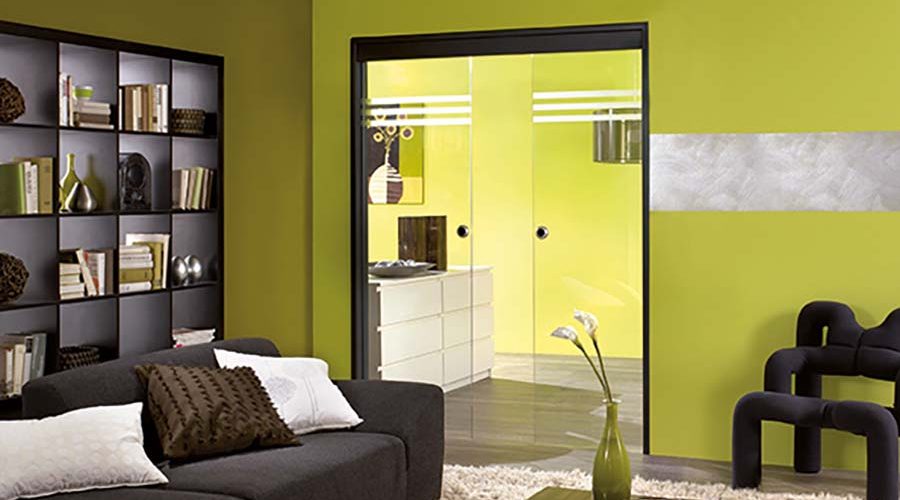According to latest research*, 28% of UK office workers describe their workplace as outdated and dull, while just under half feel there is limited or no collaboration between employees. Here Mark Lester, Internal Door Manager for Hörmann UK, explores the importance of specifying innovative and resilient building components to create interactive and inspiring office environments for the public sector.
Hormann
Within today’s competitive landscape, employees’ expectations are changing. Professionals require a functional, adaptable and ergonomic employee-designed environment that supports not only the business’ goals, but their own personal growth throughout each stage of their career.
From group discussions and presentations to individual research projects, the office environment is commonplace to a range of tasks, and its layout must reflect and support this. For public sector projects, quality, safety and compliance with relevant regulations are leading factors when specifying building components. However, in order to attract and foster talent, organisations must work closely with architects and manufacturers to design, create and maintain office environments that consider aesthetics and functionality in equal measure.
In particular, steel and timber doors, visibility windows and glazed tubular systems play a central role in meeting these requirements, by rationalising office space adequately and efficiently. From regulating temperatures and providing appropriate ventilation to facilitating high levels of security and safety, doors and tubular systems must be strategically installed throughout the offices’ interior and exterior to maintain and manage this wide range of factors.
For example, sound-proofed doors are essential for boardrooms, interview rooms or specific meeting rooms where privacy is paramount, ensuring confidential conversations cannot be overheard. Blocking out background noise throughout the entire office will also help to decrease distractions, subsequently enabling employees to concentrate better. This can be achieved through the specification of internal doors and tubular systems that provide the highest standards in acoustic insulation. The durable doors are manufactured to withstand heavy usage cycles with the highest levels of sound-proofing, without compromising on overall style.
The management of thermal performance is also crucial to ensuring an optimum working environment, with the strategic application of internal doors and tubular systems preventing the transfer of heat from one space or room to another. This ensures the overall efficiency of the building is adequately managed for improved sustainability and reduction of running costs. Throughout the design stages, organisations should work closely with specifiers to research and select components that offer the greatest levels of thermal efficiency, whilst also ensuring compliance with relevant legislation.
The distribution of natural light throughout an office is also crucial to ensuring an employee’s overall wellbeing. A Cornell University study** found that eye strain and headaches are greatly reduced when the correct amount of natural light is available. This subsequently increases overall productivity.
Hörmann’s visibility glazings can be specified throughout an office environment as single or multiple elements to ensure the consistent distribution of light between specific areas, such as personal offices for management or separate meeting rooms. By installing the glazing to act as a window between these spaces, rather than traditional walls that create physical barriers, organisations can create a more unified and integrated working environment where employees are not separated from different departments or teams.
This can also be achieved with aluminium-framed glazed doors, which can be installed in conjunction with glazed side elements and transom lights to form partition walls between different rooms or offices. For increased privacy, the safety glass can be customised with a range of sandblasted designs, including vertical or horizontal lines, swirls or words, tailored to each business’ unique branding.
For a large proportion of the professionals surveyed, being inspired by their office’s interior was also an important requirement for enhancing their own personal productivity and creativity. By choosing internal doors that feature unique designs and are available in a wide range of RAL colours, such as contemporary textured finishes including linen or ultra-matt, businesses can project their personality into the office environment, without comprising on the overall quality and functionality of the building components.
Also growing in popularity is the application of timber effects in a horizontal, rather than vertical grain, for a contemporary update on a traditional favourite.
By working closely with a single manufacturer throughout all stages of the project, from the initial design to installation and servicing, a healthy and collaborative working environment can be achieved throughout an entire office to not only support employees’ growth but increase overall productivity and workplace satisfaction.









